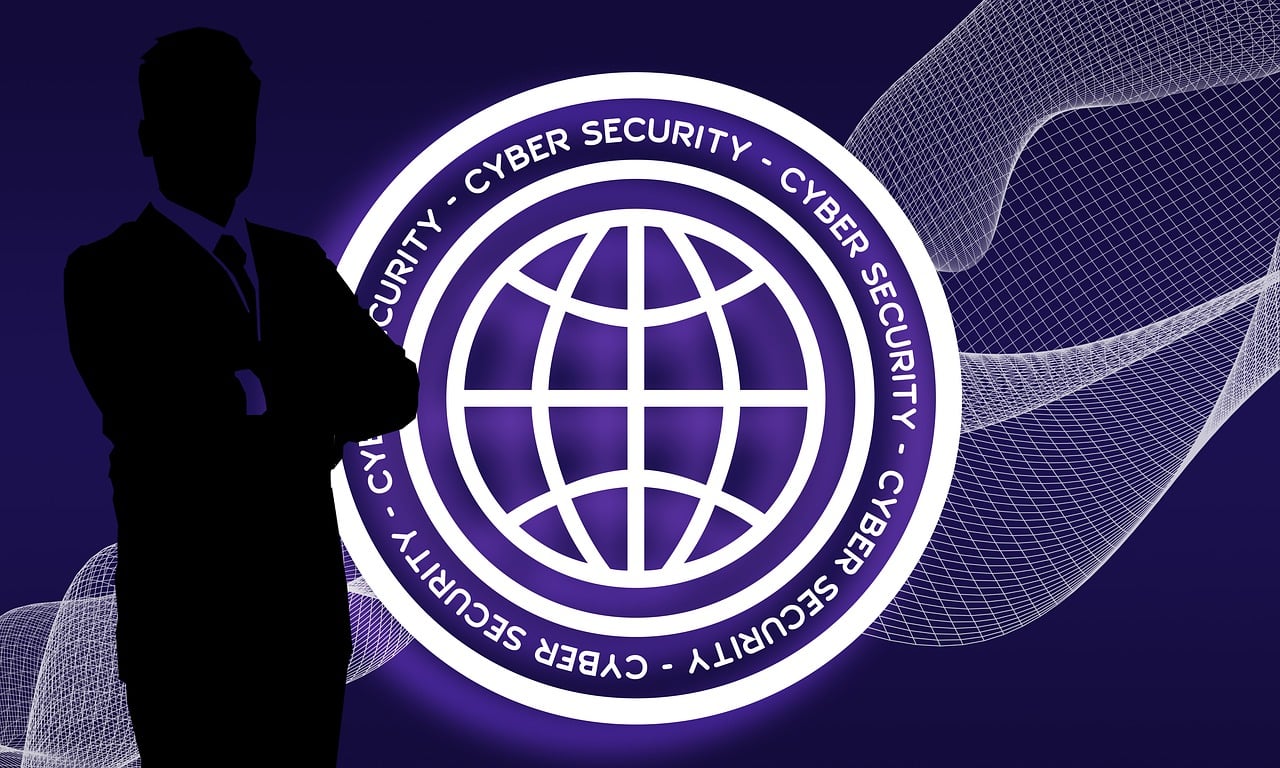
Find the Best Internet Service Providers
Find the Best Internet Service Providers Near You
If you’re looking to upgrade your internet connection for faster streaming, downloading, gaming, or remote work, the first step is choosing the right internet service provider (ISP). The market today offers a range of options, from nationwide giants to specialized fiber networks. Popular choices include AT&T Internet, Spectrum, Earthlink Fiber, Quantum Fiber, and CenturyLink. Each provider brings unique plans and features, so it’s worth exploring what fits your household’s needs.
Before you decide, let’s take a closer look at how ISPs work, the types of connections they offer, how to estimate the speed you need, and what other features to consider beyond price.
What Is an Internet Service Provider?
An internet service provider, or ISP, is the company that connects your home or office to the internet. According to data from BroadbandNow, there are currently more than 2,800 ISPs operating across the United States. This includes major national brands as well as thousands of regional and local providers. These companies don’t just deliver internet—they often bundle additional services like landline phone, cable TV, and sometimes security tools or mobile apps to help manage your network.
Even if the technology behind how ISPs work can seem technical, your choice as a consumer ultimately comes down to availability, reliability, speed, and price.
Types of Broadband Internet: Which One Suits You?
ISPs deliver internet through different types of broadband infrastructure, each offering different speeds, reliability, and coverage. Here’s what you need to know:
Fiber Internet
Fiber-optic connections use cables made of glass strands to transmit data at incredibly high speeds. According to the FCC, fiber is now available to roughly 39% of Americans. It offers the highest reliability and speeds, often reaching up to 2000 Mbps. It’s an excellent choice if you have a smart home, run a business from home, or regularly stream and upload large files.
Cable Internet
Cable internet, which uses the same coaxial cables as cable television, reaches about 88% of U.S. households. It’s usually fast and quite reliable, with speeds that can go up to 1000 Mbps. For many families, cable internet provides a balance of speed, price, and wide availability.
DSL Internet
Digital Subscriber Line (DSL) internet works over existing telephone lines. It’s available to around 40% of households and can offer speeds up to 500 Mbps, though actual speeds are often lower. DSL can be a suitable option if you live in an area without fiber or cable.
Satellite Internet
Satellite internet is almost universally available, reaching over 99% of households—even in remote rural areas. However, it typically comes with lower speeds (often under 100 Mbps) and higher latency, which can affect real-time activities like video calls or gaming.
Fixed Wireless
Fixed wireless internet delivers service using radio signals rather than cables. It’s available to about 26% of the U.S. population and usually offers speeds up to 50 Mbps. While less common, it can be a solution in areas where other wired broadband isn’t available.
When choosing between these types, availability in your area often determines your options—but when you do have a choice, fiber and cable are generally the best for speed and reliability.
How Fast Does Your Internet Really Need to Be?
Internet providers often advertise eye-catching download speeds, but the right plan depends on your actual usage. Here’s a rough guide to help you decide:
-
1000 Mbps (1 Gig): Ideal for households with many devices, smart home systems, 4K streaming, and frequent large uploads or downloads.
-
300 Mbps: Great for streaming multiple 4K videos, large file transfers, or households with 3–5 active users.
-
50 Mbps: Sufficient for HD streaming, online gaming, and everyday browsing for a smaller household.
-
10 Mbps: Enough for basic browsing, emails, social media, and single-device HD streaming.
-
3 Mbps: Works for standard definition streaming and light web use.
It’s important to remember that advertised speeds are maximum download speeds, and real-world speeds can vary depending on network traffic and provider infrastructure.
Why Upload Speeds Matter (Even if They’re Often Overlooked)
Many people focus only on download speeds, but upload speeds are equally important—especially if you work from home, join video calls, or create content. For instance, a Zoom video call in standard definition may need about 700 kbps, while HD group calls require 1 Mbps, and high-quality 1080p video calls can need around 3.5–4 Mbps upload speeds.
If you regularly share large files, livestream, or upload videos to platforms like YouTube or Twitch, look for plans with at least 10–25 Mbps upload speeds. It makes your online experience far smoother and saves time waiting for uploads to finish.
How Much Should You Expect to Pay?
Pricing varies by speed, provider, and location. In cities with more competition among ISPs, plans may cost less. From surveys of major ISPs, here’s what you might pay:
-
$25–35/month: Up to 25 Mbps
-
$30–40/month: Around 100 Mbps
-
$50–80/month: For 940–1000 Mbps (gigabit plans)
Remember that many ISPs charge additional fees for equipment like modems and routers—often around $5–15/month—unless you bring your own.
Other Features to Consider When Comparing ISPs
While speed and cost matter, there’s more to think about when choosing your ISP:
Bundles: Many providers offer bundles that combine internet with cable TV or phone service. Bundling can save money and simplify billing, but make sure you actually want those services.
Introductory Pricing: ISPs often attract new customers with promotional rates for the first year. It’s a good way to save initially, but be ready for your bill to increase after the offer ends. Set a reminder to review your plan after the promotion period.
Added Features: Look for value beyond internet speed. Some ISPs include useful extras like Wi-Fi hotspot access when you’re away from home, mobile apps to manage your network, or security tools like anti-virus protection.
Customer Support: It can make a big difference if you ever experience outages or technical issues. Reading reviews from other customers can help you see which providers genuinely deliver good support.
Actual Local Speeds: Providers may advertise certain speeds, but those may not always be available in your neighborhood. Use the FCC’s speed map or ask your neighbors what speeds they really get.
The Importance of Choice and Competition
According to the FCC, 99.9% of Americans have access to at least two ISPs, and about 70.9% have access to two or more if you exclude satellite providers. Where competition exists, prices tend to be lower and service quality higher because providers must work harder to keep customers.
If you live in an area with multiple ISPs, take advantage of that choice. Compare speeds, prices, reliability, and features to see which provider best fits your lifestyle.
Switching ISPs: What to Know
If you’re unhappy with your current internet provider, switching is easier than you might think:
-
Check if there are cancellation fees with your current provider.
-
Compare new plans and confirm availability at your address.
-
Schedule installation (or self-install if offered).
-
Return any rental equipment from your old provider to avoid extra charges.
Many ISPs help new customers transition by offering deals that cover early termination fees, making it even easier to switch.
Conclusion: Choose the Best Internet for You
Choosing the right internet service isn’t just about the fastest speed or lowest price—it’s about finding a plan that truly fits your daily life. Consider your household’s needs, how many devices are connected, whether you upload large files, and how much you stream or game. Factor in local availability, promotional deals, equipment fees, and customer service.
With more than 2,800 ISPs across the U.S., you likely have options. Take time to compare them carefully. Whether it’s AT&T Internet, Spectrum, Earthlink Fiber, Quantum Fiber, or CenturyLink, the best internet service for you is the one that keeps you connected reliably and affordably—so you can work, stream, and share without interruption.




